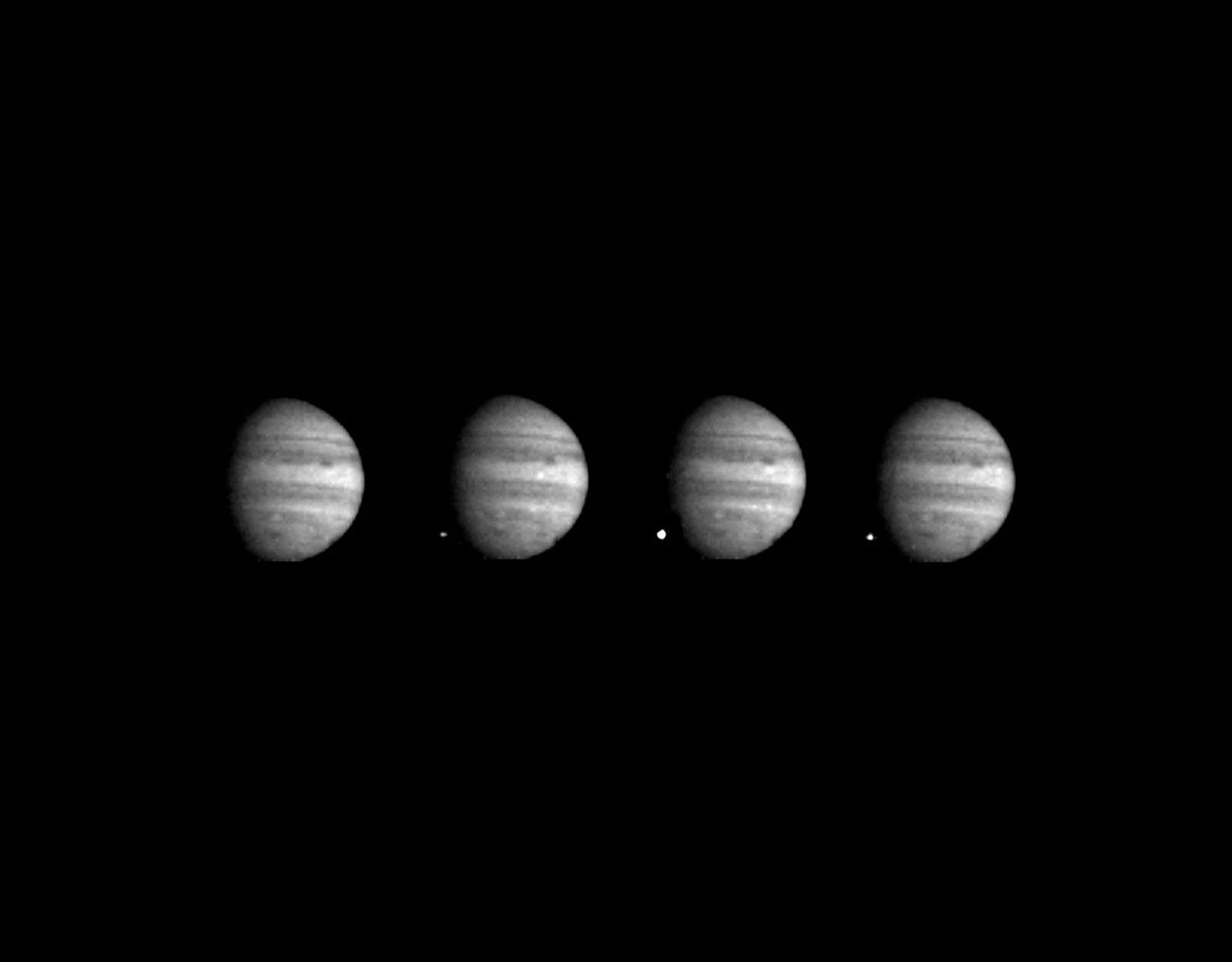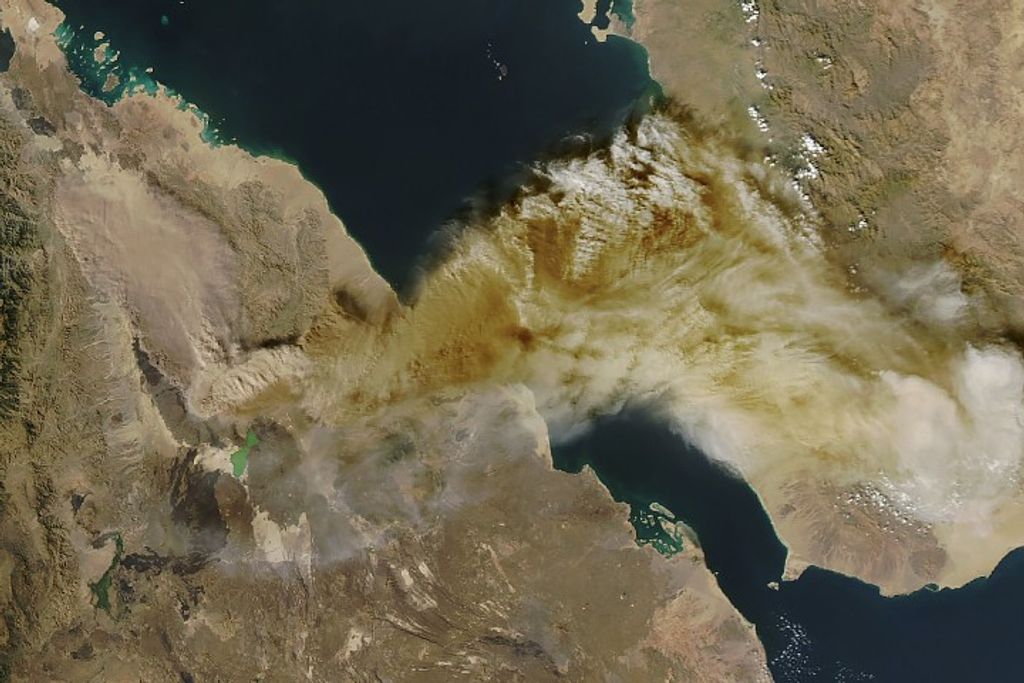
Fragment of Comet Shoemaker-Levy 9 Impacts Jupiter
These four images from NASA’s Galileo spacecraft show Jupiter and a fragment of Comet Shoemaker-Levy 9 called fragment “W.” The images were taken on July 22, 1994, when the spacecraft was 148 million miles (238 million kilometers) from Jupiter, and 386 million miles (621 million kilometers) from Earth. Comet Shoemaker-Levy 9 was discovered by Carolyn and Gene Shoemaker and David Levy in a photograph taken on Mar. 18, 1993, with the 0.4-meter Schmidt telescope at Mt. Palomar. By the time it was discovered, the comet already had been torn into more than 20 pieces traveling around Jupiter in a two-year orbit. Further observations revealed the comet (believed to be a single body at the time) had made a close approach to Jupiter in July 1992 and had been torn apart by tidal forces resulting from the planet's powerful gravity. The disruption of a comet into multiple fragments was rare, and observing a captured comet in orbit about Jupiter was even more unusual, but the biggest and rarest revelation was that the fragments were going to smash into Jupiter. For the first time in history, NASA had spacecraft in position to watch a collision between two bodies in the solar system. Galileo, still en route to Jupiter, captured unprecedented direct views as the string of fragments labeled “A” through “W” smashed into Jupiter's cloud tops. The impacts started on July 16, 1994, and ended on July 22, 1994. Many Earth-based observatories and orbiting spacecraft including Hubble Space Telescope, Ulysses, and Voyager 2 also studied the impact and its aftermath.
- X



























